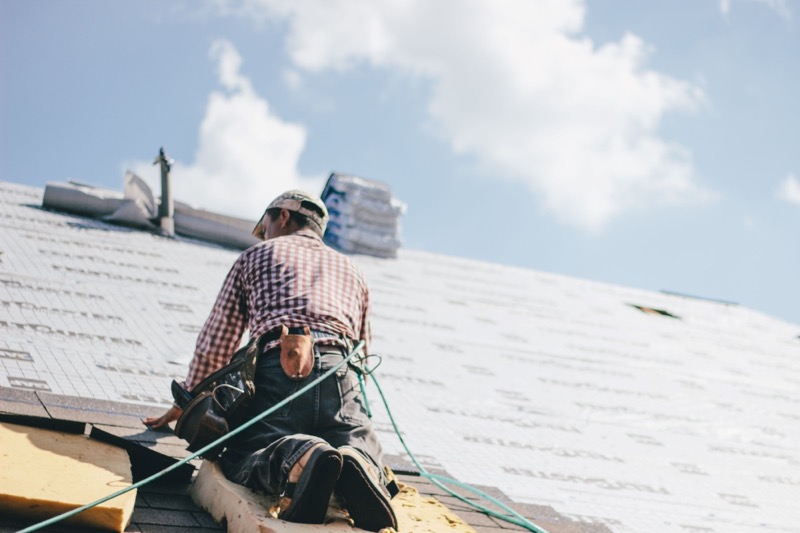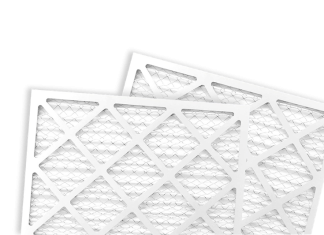Every part of your property has a lifespan. Wood ages. Drywall weakens. Grout cracks. We’d like to believe that our homes will last forever, but eventually, almost every single part will need some form of repair or replacement.
In some places in the country, where new homes are being developed at a rapid pace, it may be several decades before a new homeowner will need help. But in places on the east coast, like in Staten Island, you can expect that many of these components will need a Staten Island contractor sooner, rather than later.
Sometimes, however, these issues aren’t apparent right away, as the cracks or too small or the holes too hidden. Instead, you have to look for more subtle signs, or other issues that can be directly attributed to a problem on your property. For example, if your property is starting to crack and create holes, two very common problems may occur:
- Pests – Spiders, ants, cockroaches, and more, can fit through cracks the size of a small pen prick. Mice need holes the size of a dime, and rats the size of a quarter. If parts of your property are wearing down, you’re more likely to notice pests.
- Higher Energy Bills/Poor Energy Efficiency – If your energy bills are higher, or you notice that your AC isn’t cooling your home the way you expect it to, that is also a sign that you have cracks and damage. That is because any opening in your property creates air leaks that transfer heat indoors and out.
Every property, even new properties, are going to have some small cracks and holes. But the older your home is, the more common these issues become.
What Can Be Done?
If you’re noticing higher energy bills or more pests inside of your property, you may need to start budgeting for a home renovation. But where are these problems coming from and what upgrades will have the greatest benefit?
- New Windows – Many energy efficiency and pest problems can be linked directly to windows. Window frames are prone to aging, opening the door for air leaks and pest invasions. New windows can fix this problem, especially with new construction, which builds siding around the window for an airtight fit. An additional benefit of new windows is that the technology behind them has improved dramatically, which means even more energy bill savings beyond just sealing the air leaks.
- New Siding – Siding installation is also a very effective way to address these issues. It is not uncommon for holes and cracks to show up in siding over the course of several decades, and many rodents use this to their advantage to enter your property. But an additional benefit is that, when replacing siding, it is also easier to replace insulation. That allows you to improve your energy efficiency even further and protect against noise and other issues.
- New Roofing – Sometimes, the issues can be found at the top of your home, with holes arising in your roof. Typically, you can contact a roofing company in Staten Island, or wherever you may live, and see if all you need is roof repair or roof replacement. But if you are noticing a lot of pests, especially if they appear to be showing up near the attic, that is a great place to start.
- Door Stoppers/Replacements – Doors are typically designed for the flooring. Years ago, many homes had very tall carpet, and so many older doors are higher to make room for this carpet. But as people replace carpet with hardwood, laminate, or even shorter carpet, that has lead to more air leaks in between the door and the floor, leading to a loss of energy efficiency and pest issues.
- Sealing Chimneys – Chimneys can allow for a lot of air loss, and may also serve as an entrance point for pests. If you’ve seen spider webs in your fireplace, chances are you have an opening pests can enter through. You can seal chimneys, place caps, or repair chipped masonry, and there will be both less air flow and fewer pest openings.
- Consider an HVAC Upgrade – The good news is that older HVAC systems are unlikely to create entrance points for pests. They do affect energy efficiency, as older HVAC units will wear down over time, but they don’t create structural openings that pests can enter. However, when an AC starts to fail, one of the first things homeowners do is open windows. That absolutely will allow pests inside. So an HVAC upgrade could be a major change that reduces pest populations and improves energy efficiency.
- Garage Door Seals – Your garage door isn’t going to be air tight. But the larger the opening, the more likely your garage leaks air and allows pests inside. If you keep something in the garage that you access often, such as a second refrigerator, then every time you open the door you are letting in the outdoor air and any pests that may run inside. Sealing your garage door can offer a noticeable improvement.
Small holes and cracks in your roof, windows, chimney, and other parts of your home can easily go unnoticed for years. But pests and higher energy bills typically do not. If you notice these issues, then some part of your property could benefit from repair. Contacting a local contractor that is familiar with whole home renovations is a great way to get an idea of what may be needed, as well as start the process of addressing these issues so that you can reduce your pest and energy bill problems.
















